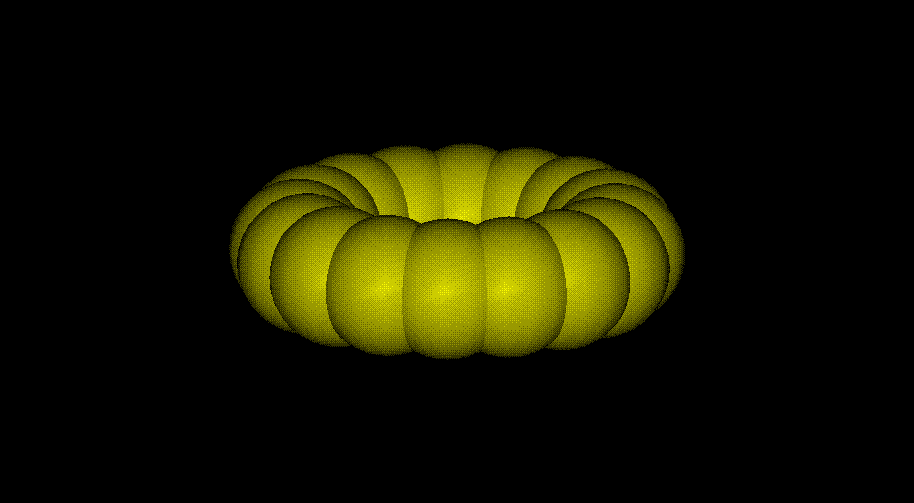Symmetry in Different
Dimensions
Symmetry in space
of One Dimension
There isn't any. When
there is only a point the entire world is symmetrical.
Symmetry in space
of two dimensions
The two-dimensional
place is the place where much thought about symmetry as well as tessellation
has been illustrated. Symmetry in two-space is looked at differently depending
on what kind of translation you have. Reflections are across lines. Rotations
are around points.
Symmetry in three-space
is more complicated. Rotations are around lines. Reflections are across
planes.
If we try to think
up to four dimensions, some interesting things come up. Rotation would
be around a plane. Reflections might be across cubes.
In the fifth dimension,
symmetry of rotation would be found across cubes or other solids, and relfective
symmetry would appear around hypercubes.
Cool, huh?
more on
Symmetry in Three Space
We have already looked extensively at symmetry in two dimensions.
Here we will examine how the same operations that we used in two space
can be used in three space. Let us look at how we can apply them
to this sphere.
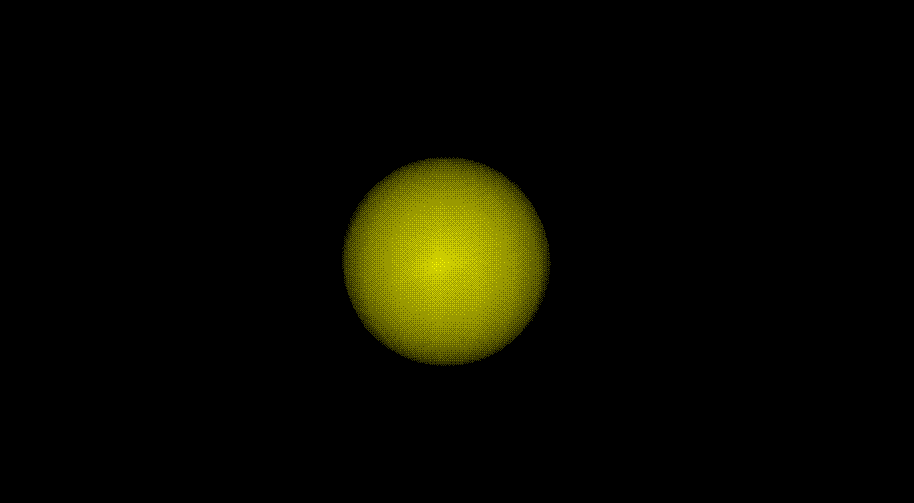
Translation
Translation works just the same way. We simply change the
coordinates of the objects location. Instead of two variables there
are now three. Everything else about the object is preserved.
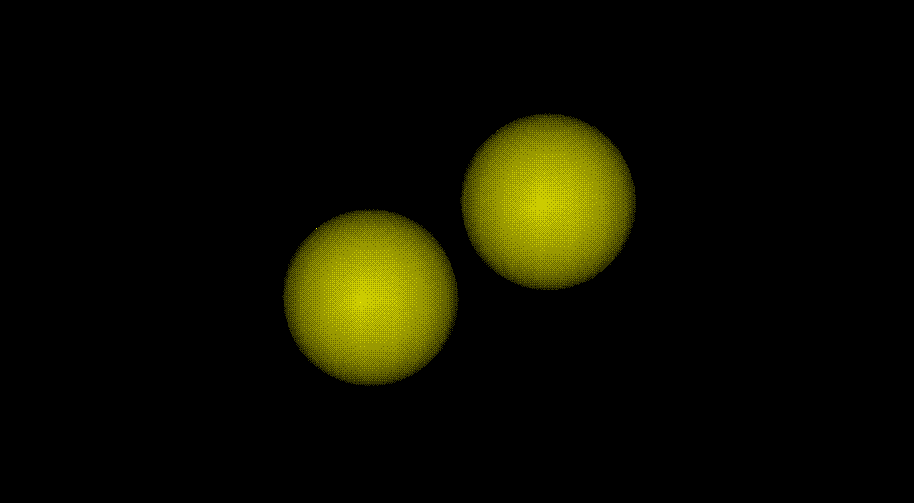
Reflection
Reflection works differently in three space. Instead of reflecting
around a line we must reflect along a plane. If we reflect a sphere
along a plane that intersects its center there is no visible difference.
However, if we reflect along a plane that intersects the sphere at a place
other than the center we get an object that looks like this.
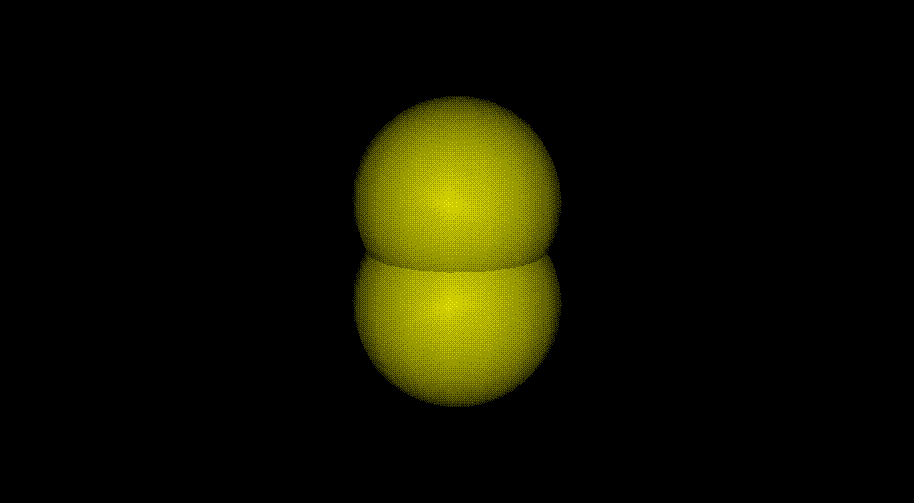
Rotation
Once again, rotation is slightly different in three dimensions
than in two. Instead of rotating around a point, we must rotate around
a line. It is possible to rotate an object around a point.
However, what you are really doing is rotating it around one line, and
then another. Again, if the axis of rotation is through the center
of a sphere there is no visible difference. If the axis is through
a tangent to the sphere, you get the following sphere.
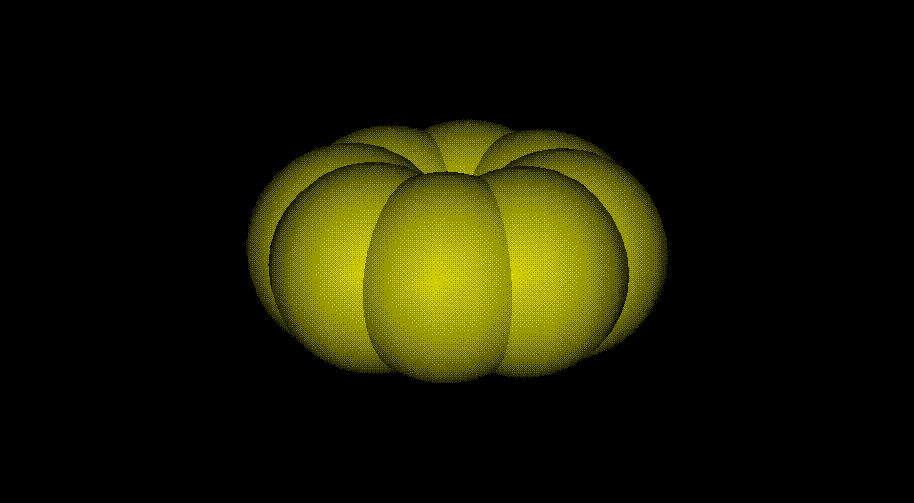
If you rotate the object around an axis outside of the sphere,
you get the following picture. As you can start to see, if you rotated
infinitely many spheres about the same axis, you would get a torus.
